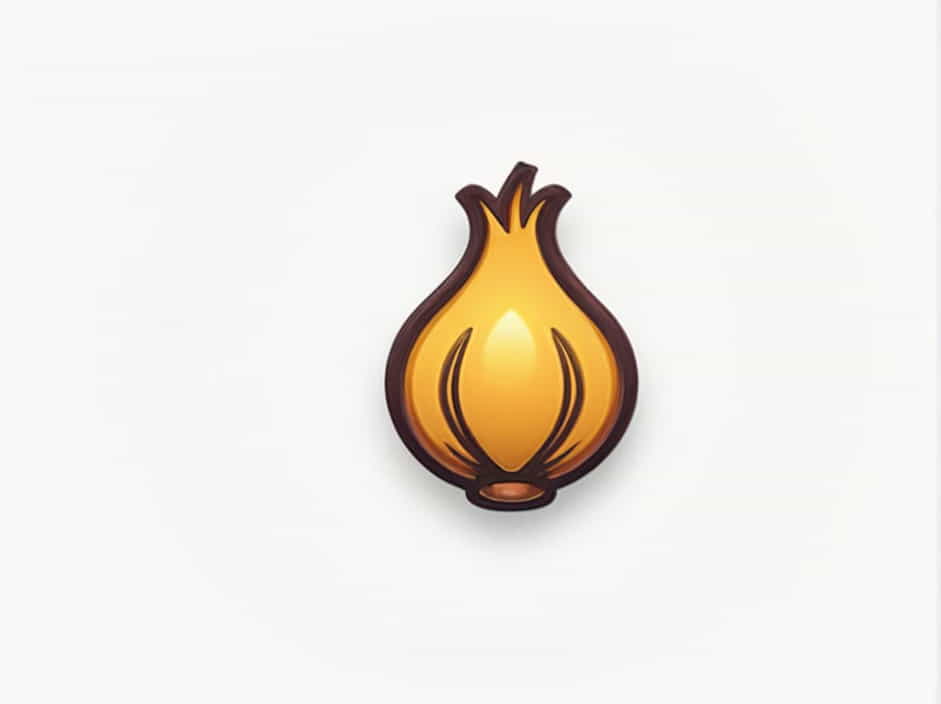Caramelized onions are a delicious addition to many dishes, adding deep, rich flavor to everything from burgers and steaks to soups and pasta. But when cooking them, a common question arises: Should you cover onions to caramelize them?
Some cooks believe covering the pan helps onions cook faster, while others argue it traps moisture and prevents proper caramelization. In this topic, we’ll explore the best techniques for caramelizing onions perfectly, common mistakes to avoid, and how to achieve the best results every time.
What Does It Mean to Caramelize Onions?
Caramelization is a slow-cooking process where the natural sugars in onions break down and develop a deep golden-brown color. This happens as the onions cook over low to medium heat, allowing their flavors to intensify without burning.
To caramelize onions properly, you need:
✔️ Low and steady heat
✔️ A wide pan for even cooking
✔️ A small amount of fat (butter or oil)
✔️ Time (at least 30-45 minutes)
Now, let’s get into whether you should cover the pan or leave it uncovered during this process.
Should You Cover Onions While Caramelizing?
1. Covering the Pan: Pros and Cons
✅ Pros:
✔️ Speeds up the softening process by trapping steam
✔️ Prevents onions from drying out too quickly
✔️ Reduces the need for frequent stirring
❌ Cons:
❌ Traps moisture, preventing proper browning
❌ Creates too much liquid, leading to steaming instead of caramelization
❌ May cause uneven cooking and a mushy texture
Covering the pan can be helpful in the first few minutes to speed up the softening process. However, leaving the lid on for too long results in steamed onions rather than the rich, caramelized ones you want.
2. Cooking Uncovered: Pros and Cons
✅ Pros:
✔️ Allows moisture to evaporate for better caramelization
✔️ Encourages even browning and flavor development
✔️ Prevents onions from becoming soggy
❌ Cons:
❌ Requires more frequent stirring
❌ Can take longer without added moisture
Cooking uncovered is the best method for achieving perfect caramelization, as it allows the onions to brown evenly and develop a deeper flavor.
The Best Approach: A Combination of Both
For optimal caramelization, use a hybrid method:
1️⃣ Start by covering the pan for the first 5-10 minutes to soften the onions.
2️⃣ Remove the lid and let them cook uncovered for the remainder of the process.
3️⃣ Stir occasionally to ensure even browning.
This technique speeds up the initial cooking while ensuring proper caramelization in the later stages.
How to Caramelize Onions Perfectly
1. Choose the Right Onions
While yellow onions are the most common choice for caramelizing, you can also use:
✔️ Red onions – Sweeter, with a slight tang
✔️ White onions – Milder flavor
✔️ Sweet onions (Vidalia, Walla Walla) – Naturally higher in sugar
2. Slice Evenly
Thin, even slices cook more consistently. Aim for ⅛-inch to ¼-inch thickness to avoid uneven caramelization.
3. Use the Right Pan
A wide, heavy-bottomed skillet (stainless steel or cast iron) is best. Avoid nonstick pans, as they don’t develop enough fond (brown bits) for flavor.
4. Cook Over Low to Medium Heat
High heat can cause onions to burn before they caramelize. Keep the heat low and be patient!
5. Use Fat (Oil or Butter)
A small amount of oil, butter, or a mix of both helps onions cook evenly. Butter adds richness, while oil prevents burning.
6. Stir Occasionally
Stir every 3-5 minutes to prevent sticking and encourage even browning. Don’t stir too often, or the onions won’t brown properly.
7. Deglaze the Pan for Extra Flavor
If the onions start to dry out, add a splash of:
✔️ Water
✔️ Broth
✔️ Wine
✔️ Balsamic vinegar
This loosens the flavorful browned bits and enhances the taste.
8. Be Patient
Caramelization takes at least 30-45 minutes. Rushing the process leads to burnt or unevenly cooked onions.
Common Mistakes to Avoid
🚫 Cooking at Too High a Temperature – This burns the onions instead of caramelizing them.
🚫 Using Too Much Oil – Too much fat prevents proper browning. Use only enough to coat the onions.
🚫 Not Stirring Enough – While you don’t need to stir constantly, letting onions sit too long can cause burning.
🚫 Skipping the Deglazing Step – This step adds depth to the flavor and prevents sticking.
🚫 Expecting Quick Results – Good caramelized onions take time. Don’t rush the process!
FAQs About Caramelizing Onions
1. Can I caramelize onions faster?
While true caramelization takes time, you can speed up softening by covering the pan for the first few minutes. However, there’s no shortcut to deep, rich caramelization.
2. Do I need sugar to caramelize onions?
No! Onions naturally contain sugars that caramelize as they cook. Some recipes add a pinch of sugar to enhance sweetness, but it’s not necessary.
3. Can I store caramelized onions?
Yes! Store in an airtight container in the refrigerator for up to one week or freeze for longer storage.
4. What can I use caramelized onions for?
Caramelized onions are great in:
✔️ Burgers and sandwiches
✔️ Soups and stews
✔️ Pizza and pasta
✔️ Omelets and frittatas
5. Why did my onions turn mushy instead of caramelizing?
This happens when too much moisture is trapped (from covering the pan too long) or if the heat is too low. Cooking uncovered for most of the time prevents this issue.
So, should you cover onions to caramelize them? The best approach is to cover them briefly at the beginning to soften, then cook them uncovered for proper caramelization.
By using the right techniques—low heat, occasional stirring, and deglazing—you’ll achieve perfectly caramelized onions every time. Happy cooking! 🍳
